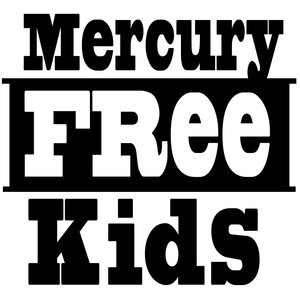Dr Mercola and Chris Shade have written a fantastic article called The Three Pillars of Heavy Metal Detoxification. I have read this four times since I first saw it two days ago, and just spent two hours reading and cross checking it again!
http://articles.mercola.com/sites/articles/archive/2016/06/19/heavy-metal-detoxification.aspx
The article concentrates on getting healthy from mercury poisoning. They don't go into sources of mercury very deeply, and that may be political. For instance, they don't mention ethylmercury, the healthcare industry's man made mercury that the industry claims is NOT bioaccumulative. However, it is bioaccumulative and may be more dangerous than methylmercury. My understanding is that it crosses the blood brain barrier more easily than methylmercury, and is more likely to break it's bonds while in the brain, and thus be retained as inorganic mercury. They also don't mention HFCS, a big source of mercury from the Castner-Kellner process, or any other sources for that matter, like repurposed-coal-fly ash sheetrock you can buy in Home Depot right now.
At the end of this blog I list links that can help you navigate the article.
Here are the
Three Pillars of Detoxification
The three pillars of detoxification in general and metal detoxification in particular are:
1. Cleanse and clear your GI tract of metals and toxins using a thiol-functionalized silica (Intestinal Metal Detox, or IMD) with a practitioner, or chlorella, plus charcoal and clay, which bind to all the other toxins. Herbs like dandelion and goldenrod are good for added liver and kidney support. Burdock and dandelion helps clear your blood. Be sure to drink extra water to flush the toxins out.
Remember, if you're detoxing and feeling really unwell, you need to clear more toxins out of your GI tract and blood. When you do that, back off your Nrf2 upregulators, and instead take more GI binders, and more liver and kidney supporting herbs. Drink a lot of water. When you're feeling clear again, restart the Nrf2 upregulators.
2. Glutathione optimization. Increase glutathione levels either by using precursors (such as N-acetylcysteine [NAC], or a liposomal glutathione formulation.
3. Nrf2 upregulation in the cells using R-lipoic acid, polyphenols, and sulfur-based compounds from cruciferous vegetables and alliums. The Ayurvedic herb haritaki is beneficial, as are sulforaphane (broccoli seed extract), and allicin and diallyl disulfide (garlic). All of these upregulate Nrf2 and aids detoxification.
Last but not least, remember that detoxing is a marathon, not a sprint. Start all your doses low and work your way up. Do not jump in and do too much all at once. Typically, detoxing will take anywhere from three to 12 months; sometimes longer. Also, pulse the treatment on and off, or else it will lose its effectiveness.
The Three Pillars of Heavy Metal Detoxification
What Is the Difference Between Glutamate, Glutathione & Glutamine? | LIVESTRONG.COM
Nephron - Wikipedia, the free encyclopedia
Glutathione - Wikipedia, the free encyclopedia
Liposome - Wikipedia, the free encyclopedia
define nutraceutical - Google Search
define lipid - Google Search
Defining speciation
L-Glutamine 4.5 G (12 Ounces Powder) at the Vitamin Shoppe
Glutamate flavoring - Wikipedia, the free encyclopedia
Is Glutamine Supplementation Helpful or Harmful? 5/1/04
define conjugate - Google Search
define proximal - Google Search
Shwartzman phenomenon - Wikipedia, the free encyclopedia
Shewanella oneidensis - Wikipedia, the free encyclopedia
MerA bacteria - Google Search
hyperglutamate activity - Google Search

